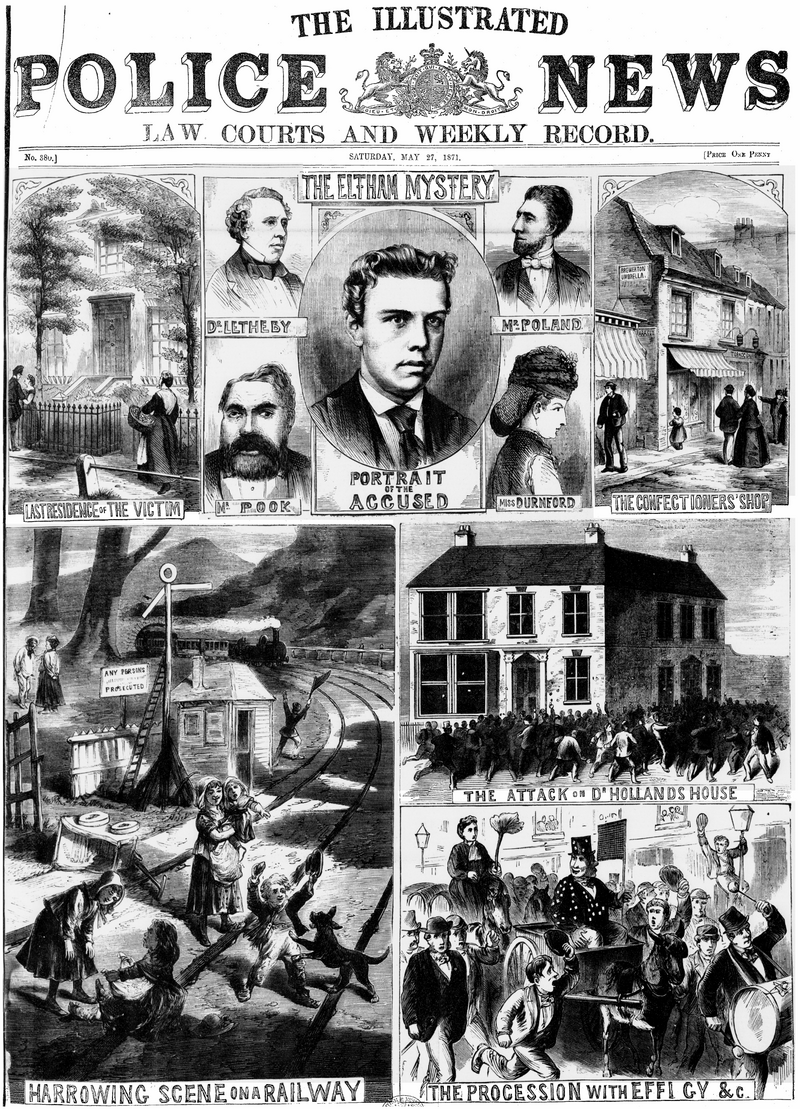Illustrated Police News (Boston) (Prior revision dated Saturday 16 September 2023 03:20:55 -- @181)
Introduction
Illustrated Police News was a weekly magazine published in Boston, Massachusetts, United States from 1869 to 1890. It was known for its groundbreaking use of photographs and illustrations to report on notorious crimes and other events taking place in Boston and New England.
History
Illustrated Police News of Boston was founded in 1869 by Edward F. Underhill, a well-known printer and publisher in the Boston area. The magazine was published on a weekly basis and sold primarily through newsstands.
The magazine's editorial team consisted of several experienced journalists and crime reporters, who worked alongside illustrators and photographers to produce a unique and compelling format that combined text, illustrations, and photographs.
Content
Illustrated Police News of Boston covered a wide range of topics, including notorious crimes, police investigations, trials, and other significant events taking place in Boston and the wider New England area. The magazine's content was highly graphic and often included graphic illustrations and photographs of the crimes and events being reported.
The magazine also featured profiles of famous law enforcement officers and articles on criminal psychology and forensic science, making it popular with both law enforcement officials and the general public.
Audience and Reception
Illustrated Police News of Boston was primarily aimed at a working-class audience and was sold through newsstands and other retailers. The magazine's graphic content and groundbreaking use of photographs and illustrations made it hugely popular among readers, who were fascinated by the lurid details of the crimes and events being reported.
The magazine was also widely read by law enforcement officials and lawyers, who appreciated its in-depth coverage of criminal cases and investigations.
Legacy
Illustrated Police News of Boston played a significant role in the development of modern crime reporting and journalism in the United States. The magazine's use of photographs and illustrations helped establish a new standard for crime reporting, which was later adopted by newspapers and other publications across the country.
Despite its popularity, the magazine faced criticism from some quarters for its sensationalist reporting and graphic content. The magazine was eventually forced to cease publication in 1890, after a series of scandals and controversies eroded its reputation.{{Categories}}